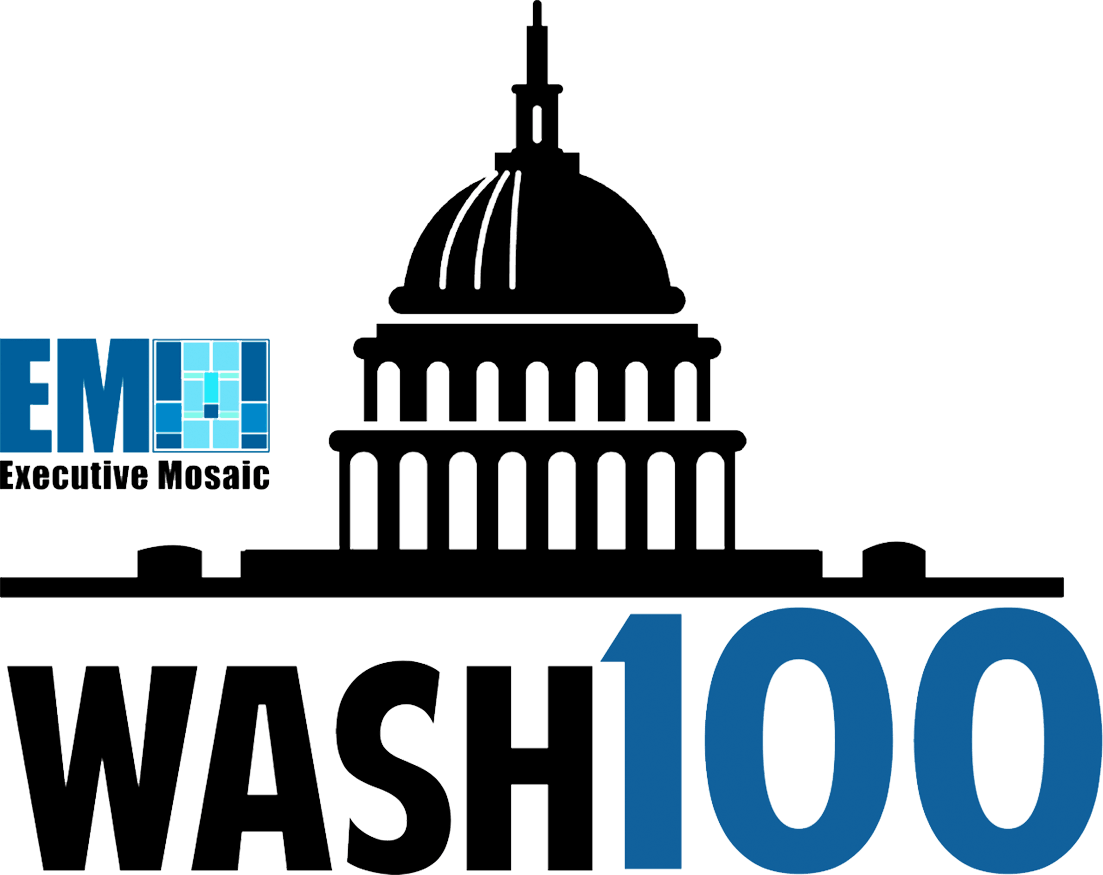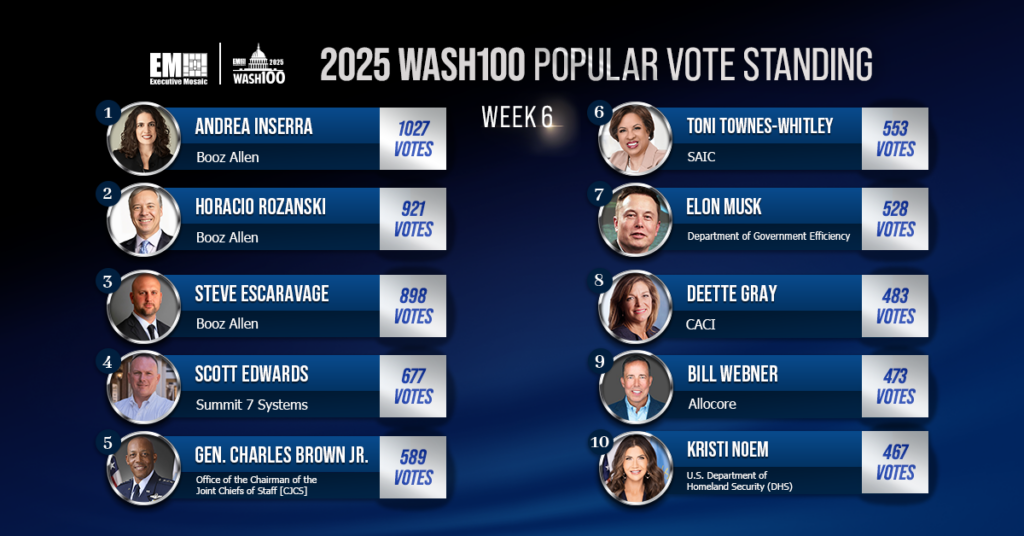Michael Conlin, chief technology officer of Definitive Logic and 2020 Wash100 Award recipient, recently spoke with ExecutiveBiz for his first Executive Spotlight interview regarding his first year in his role with Definitive Logic and the impact his leadership has had on the company’s growth as well as the challenges of cloud adoption for federal agencies, brushing through the hype of AI technology and more.
“That’s something that government organizations need to embrace, then lean into more effectively as we all go forward. It’s like physical fitness. If you reach your physical goals today, you can’t just stop tomorrow. There’s always something new to adapt to your fitness goals.”
You can read the full Executive Spotlight with Michael Conlin below:
ExecutiveBiz: With the one-year milestone of you joining Definitive Logic only a couple of months away, how would you describe the progress and company growth that you’ve had as CTO in your first year? What are the most significant changes the company has undergone?
Michael Conlin: “A number of things have changed since I joined Definitive Logic. We have dramatically ramped up our brand name recognition in the federal marketplace and we’re generated a lot of strong outbound content that we’re sharing with the clients as well as a lot of social media activity. I made such a great choice joining DL, I’m having a fabulous time.
As the CTO, I also run the marketing department. I’m responsible for both the content and the mechanics of all that, but my goal is also to get the other strong leaders in the organization to also create content that engages strongly with the market.
Thus far, it’s working. We’ve already progressed from a very low profile in the market to the profile equivalent to some of the organizations much bigger than us. We’re getting the response and active engagement in our social media channels as well.
One of the big changes has been around our brand recognition, our level of visibility and the rate at which we are growing. I joined Definitive Logic as a small business, but we’re about to graduate from small business status, which is an indicator of how fast we’ve been able to grow.
Another great element has been facilitating that growth without making dramatic changes to our company culture. Our company has a very healthy culture that is anchored around a set of what we call ‘credo principles,’ that acknowledge the difficulty of doing digital transformation work.
When we’re doing digital transformation, we’re aiming to deliver outcomes for our customers and we anticipate that things will go wrong eventually. Once you embrace that reality, the challenge becomes to know what actions to take when you see difficulty coming. The key is to know how to turn that process around and deliver the necessary outcomes for your customers.
All too often, companies can lose their way when they grow the way Definitive Logic has. A lot of that has to do with a commitment that the C-suite makes to those credo principles, especially for our CEO and co-founder. A lot of the credit goes to the company’s entire leadership body, who exhibit that strong commitment and drive to change our position in the federal marketplace.
That's a theme you’ll continue to hear from me all the time. Those credo principles are not enough unless you have the practical ways of applying them. Without those implementation methods, you simply aren’t going to reach the impact you’re after. We understand that and that is something that hasn’t changed within Definitive Logic despite our rapid growth.
We still see a lot of opportunities and work to seize those opportunities with integrity. We’re expecting more as a result of the momentum that we’ve built and have behind the company and our team, but it has been great to see the rate of change while also keeping the values of Definitive Logic intact.”
ExecutiveBiz: Along with the growth of your position in the market and maintaining your company culture, what are your expectations for Definitive Logic’s growth for the rest of 2021 and next year?
Michael Conlin: “Obviously, we have goals to continue growing aggressively. We’re now in the mid-tier, but that is also where a lot of companies hit the wall and get knocked out of the game. We’re interested in thriving in the mid-tier so we are investing to make capabilities repeatable and scalable. We’ve invested in the strength of our people. And we have objective visible targets for professional training and certification with all of the market-leading vendors.
We’re vendor-neutral. However, the market is not vendor-neutral. There are specific firms that lead the market, and we ensure our people are routinely trained and certified by those vendors. That strengthens the abilities of our people and fosters greater career success.
We have obtained a gold partner certification from some of the market-leading vendors or we’re working on active plans to reach that level. The commitment of our people remains unchanged to become market leaders. It’s going to be an interesting time because we have massive challenges to address and that’s sort of the next big thing.
We won a whole bunch of new business and our focus is to make good on the promises that we’ve given to our customers in winning those pieces of business. That drives our growth. Over the next few months, we’ll be in the thick of delivering a big tranche of new projects for our customers. We’ll be working on staffing, recruiting and executing, which is likely going to take us to the end of our calendar year in April.”
Visit ExecutiveBiz.com’s Executive Spotlight Page to learn more about the most significant leaders of consequence to the government contracting (GovCon) and federal sectors and their experiences driving growth, new business and capabilities in the fiercely competitive federal landscape.
ExecutiveBiz: You wrote recently that 80 percent of organizations are running some form of workloads in the cloud with hybrid leading the charge with 36 percent leveraging it. You also mentioned these platforms will be outdated in about 2 years at best.
What are your recommendations on how federal organizations can drive and need to think about cloud adoption in order to stay ahead of the curve in such an ever-evolving and competitive area?
Michael Conlin: “It’s all about being light on your feet. I encourage people to understand that with the rapid pace of change we deal with in this market, every organization needs to build up its ‘change muscles’ at the macro level. Overall, change management tends to not be a significant strength in the federal government because it wasn’t rewarded well enough until we entered our current world.
Change management is something that should be rewarded and encouraged because if you’re going to have to continuously change course in order to just keep up with the pace of change, that is actually a big opportunity for the federal government to get better at embracing change as well as improve its work to meet ever-increasing citizen expectations.
That’s something that government organizations need to embrace, then lean into more effectively as we all go forward. It’s like physical fitness. If you reach your physical goals today, you can’t just stop tomorrow. There’s always something new to adapt to your fitness goals.
Speaking of change, I encourage people to take a ‘plug and play’ attitude to their technology. From a strategic point of view, they need to be constantly thinking about the next best place to put a given workload. That means making no long term commitments – commercial, emotional or cultural – to a given placement or vendor. You need to have the flexibility to pivot away from any release of any product from any vendor.
That works alright in the world of cloud because of the amount of adoption that is fueling vendors and fueling innovation in new services that cloud vendors are providing, which in turn, fuels more adoption and innovation and so on.
With this idea of a plug-and-play attitude, it becomes really important to think of yourself as delivering capabilities, not products or specific services. That’s the fundamental advice that I give to government executives who ask. You have to change your culture, training and recruitment processes so that people feel rewarded for delivering the capabilities and maintain flexibility to move forward.
That can be very different for the folks in the government sector. One of my favorite statistics is that many computer science position descriptions used in the federal government were written in 1988. It’s almost strange and you think these job descriptions belong in a museum.
The key thing to avoid is the ‘one and done’ mentality. That logic of setting up a spot to let it continue for three to five years or even longer is a thing of the past. You can’t make a decision just one time in today’s world, you actually have to be considering and reconsidering that decision on an ongoing basis.
There are always trade-offs, but you have to constantly be looking at the work to ensure you’re getting the best value to deliver the best practices and services in order to reach more people and ensure your long term success over short term success.”
ExecutiveBiz: With all the hype surrounding AI capabilities, how would you describe some of the misconceptions regarding AI adoption and development that are running through the federal landscape? How would you manage expectations on how fast and effective AI can be today and moving forward as it develops?
Michael Conlin: “There’s so much hype and misrepresentation around artificial intelligence. If you look under the covers, any solution that works does so because it is tightly bound inside very narrow parameters. You have to apply the correct statistical analyses and develop the algorithm on high-quality data. These are just simply good housekeeping practices.
You’ve got to statistically confirm that the data represents the real world before you feed your algorithm with it, and enter the right algorithm for the specific problem that you’re trying to solve. But even when you get there, it’s only good for a very narrow application. All of those successes are in narrowly focused AI, which is not flexible. It’s fragile and will continue to be for a long time. That means there’s way more work in monitoring and managing the solution once it’s in production than there is with traditional software-only solutions.
We need people to set proper expectations. There’s a real effort in anticipating the potential consequences of what you do and what you should be asking. Even with the right answers, you still need to be careful about how you apply AI. There’s no magic. There’s only math under the covers. As a result, you’re going to have a hard time understanding what the algorithm is doing for you if you don’t understand the math behind it.
The challenge is to understand the hype around AI and machine learning and that people have made a lot of claims about ‘using AI.’ The reality of it is that we have to get people past those labels and down to the substance underneath. Do I understand the statistical substance underneath?
One of my favorite comments about this space is that every trained algorithm that you put into production will end up in court. It might be the court of public opinion. It might be the court of law, but every AI solution will be tested one way or another and you have to ask yourself how it’s going to look in the headlines.
If you want to get this right you have to focus on performance predictability throughout the lifecycle. That’s a discipline. It requires practical methods, techniques, and vigilance to get right.
You need to understand the substance of what you’re doing and whether or not you performed all of the correct tests to verify what you’re doing and manage the expectations of AI validity and accuracy.
For instance, something like facial recognition algorithms are badly trained, inaccurate and actively misused in their deployment, especially in the law enforcement space. It’s not that the technology is deliberately being misused with intent. But the misuse is there and hurts real human beings.





